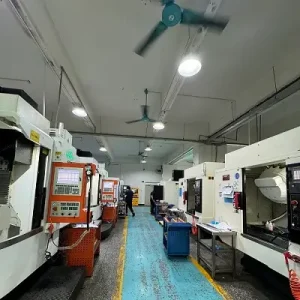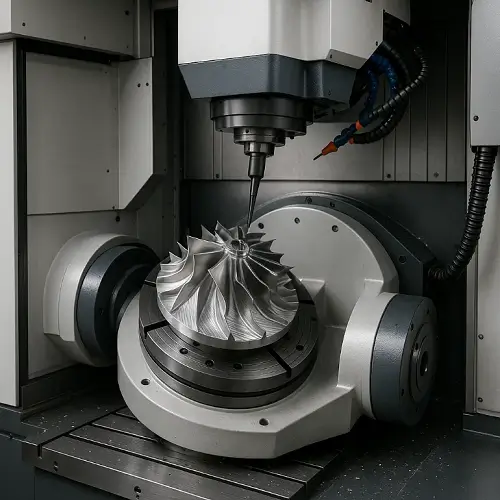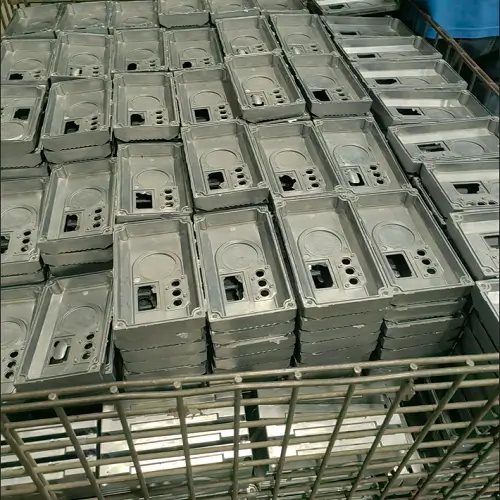In today’s fast-evolving manufacturing landscape, CNC machining remains the preferred method for prototyping — and for good reason. Despite the advancements in 3D printing and other emerging technologies, CNC prototyping continues to hold an irreplaceable position in terms of precision, material flexibility, and cost-efficiency. These are the key reasons why CNC machining remains the best solution for creating prototypes.

Unmatched Precision and Accuracy
Custom CNC parts can achieve micron-level tolerances, which is critical for prototypes requiring strict dimensional control. CNC machines are guided by computer programming, eliminating human error and ensuring every cut, drill, and milling operation is performed with extreme precision. This level of accuracy is especially important during functional prototype testing, where even small deviations can affect product performance.
Broad Material Selection
Compared to many additive manufacturing methods, CNC machining supports a wider range of materials. Aluminum CNC machining is especially popular due to aluminum’s combination of lightweight properties, strength, and excellent machinability. In addition, CNC machines can process stainless steel, titanium alloys, brass, various engineering plastics, and even some composites — giving designers nearly unlimited material options.
Ideal for Low to High-Volume Production
Low-volume production is often needed during the prototyping phase, and CNC machining performs exceptionally well in this area. It doesn’t require expensive molds or tooling, making it a cost-effective and efficient choice for producing small quantities of prototypes. More importantly, once a prototype is validated, the same CNC program can be seamlessly scaled to mass production, ensuring consistency from prototype to final product.
Superior Surface Quality and Structural Integrity
CNC-machined prototypes offer excellent surface finish and preserve the material’s original structural integrity. Unlike 3D printing, which builds parts layer by layer, CNC machining removes material from a solid block, maintaining the original mechanical properties. This allows CNC prototypes to be used directly for functional testing without requiring extra post-processing to meet strength or surface quality standards.
Cost Advantages of CNC Machining in China
When discussing CNC machining in China, its significant cost advantage cannot be overlooked. China has a well-established supply chain, a skilled workforce, and advanced manufacturing infrastructure — all of which enable high-quality CNC services at highly competitive prices. This allows global companies to source premium custom CNC parts at a lower cost and accelerate their product development timelines.
Fast Turnaround Times
Modern CNC machining centers, combined with efficient programming software, enable rapid part production. Many CNC machining providers offer fast turnaround options of 24–72 hours, which is crucial for time-sensitive prototyping projects. Designers can quickly iterate and test different versions of their prototypes, effectively shortening the overall product development cycle.
Despite the rise of new manufacturing technologies, CNC machining continues to be the gold standard for prototyping. Its unmatched precision, material versatility, structural reliability, and scalability from small to large production make it the top choice for engineers and designers. Especially when combined with the cost advantages of CNC machining in China, CNC prototyping will remain a critical part of the product development process. Whether it’s aluminum CNC machining or precision work with other materials, CNC technology provides solutions that meet the most demanding prototype requirements.
If you’re looking for a reliable CNC machining partner, feel free to visit Jeek. Upload your drawings to get a fast and free quote — and turn your ideas into reality more efficiently and professionally.


